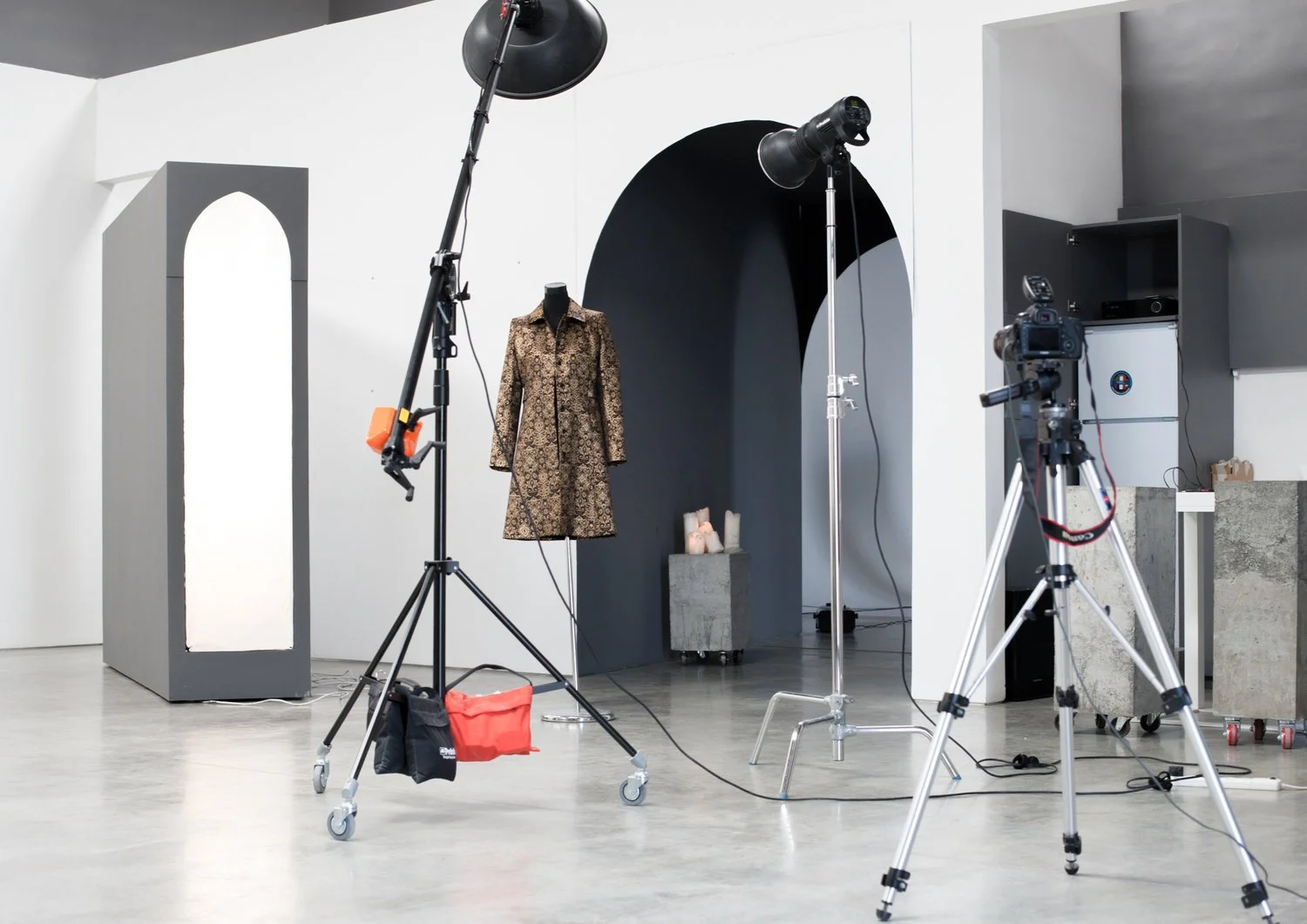What Does Lip Balm Tell Us About Our Economy?
The Lipstick Index is a term used to indicate the state of our economy based on cosmetic sales. I know, you may be wondering how lipstick and the economy are so closely tied, but the success of the beauty industry is incredibly telling of where our country sits financially.
The chairman of Este Lauder describes the Lipstick Index as a theory that explains why consumers are more inclined to buy smaller, more affordable, luxury items in times of economic recession rather than in times of financial prosperity. You would assume that non-essential purchases, like lipstick, would decline during times of economic hardship, but consumers crave the feeling of financial stability during difficult times. In a way, purchasing lower-cost luxury items like makeup, chocolate, nail polish, coffee, flowers, alcohol, baked goods, or perfumes give consumers that familiar feeling of comfort and stability they may lack in light of economic uncertainty. Consumers may use these little purchases as a coping mechanism given their inability to spend on more expensive luxuries, such as vacations, expensive bags, or cars.
The Great Depression validates The Lipstick Index, as consumers heavily reduced their spending on household goods in comparison to an increase of spending on beauty products (Sarah Hill, Psychology Professor at TCU). It was also apparent during the 2008 Financial Crisis, where makeup companies saw a noticeable increase in sales in comparison to 2006 (Wall Street Journal).
The cosmetic industry is less likely to be impacted during a recession, which may be why all your favorite stars are coming out with copious amounts of makeup lines and perfumes. For example, the successful model, and wife of Justin Bieber, Hailey Bieber has flaunted her luxurious lifestyle on social media for years. Her new skincare line, Rhode, is tied very closely to her online persona, and in turn, Rhode’s Lip Peptide Treatment has gone incredibly viral. The Lipstick Index hints at the fact that Mrs. Bieber isn’t just selling a cute little lip balm, but rather a lifestyle. The online promotion and glamorization of her luxurious lifestyle through the use of these products drive consumers who hope to achieve financial stability and comfort to purchasing these items.
We can thank our obsession with viral lip products, like Rhode’s Peptide Lip Treatment, Summer Fridays Lip Balm, Dior’s Lip Oil, and Rhianna’s Lip bomb to the cost of living crisis we currently face. Little luxuries like lip products are even more prominent in the digital age in comparison to The Great Depression and the 2008 Financial Crisis due to social media marketing, ease of access at a low cost, and our obsession with unattainable online personas. The Lipstick Index and virality of cosmetics exposes consumers to a deeper message; we don’t just purchase lip balms to heal chapped lips anymore. We indulge in these little luxuries in hopes of achieving financial stability, emotional comfort, and social acceptance.





